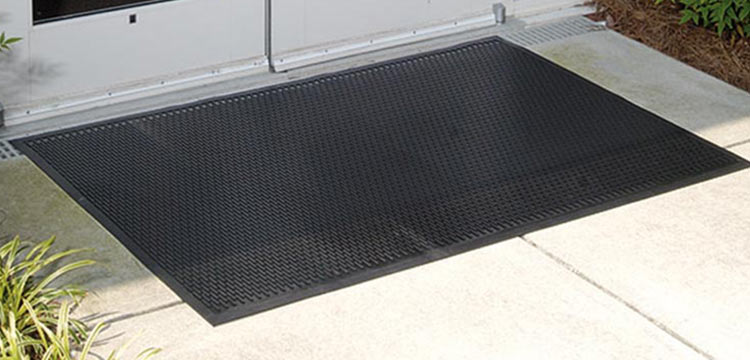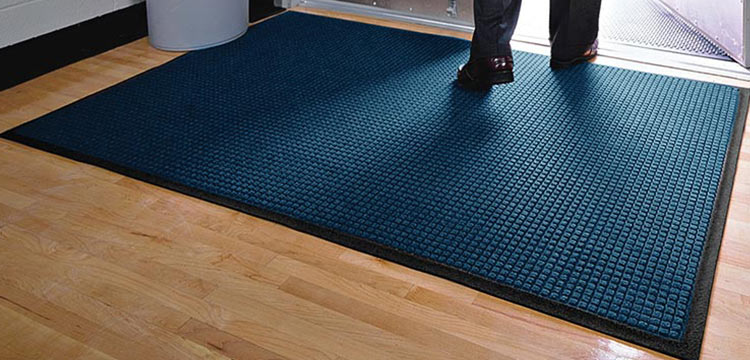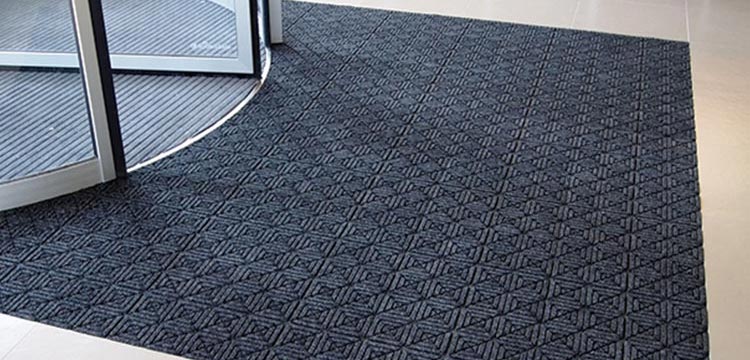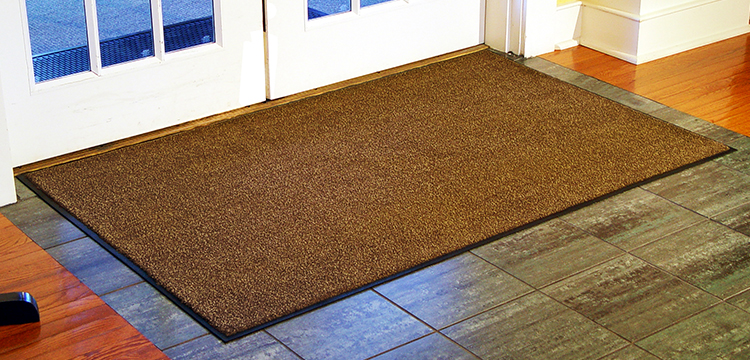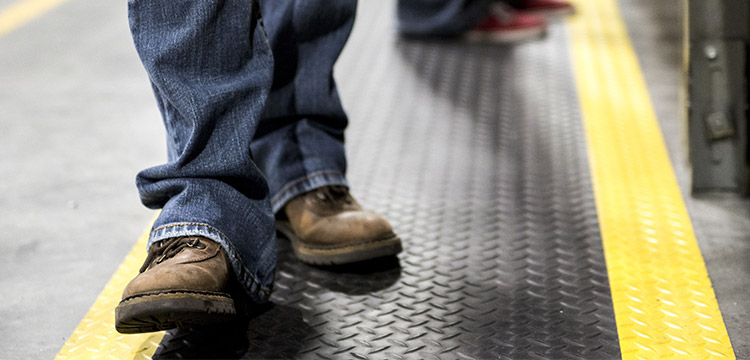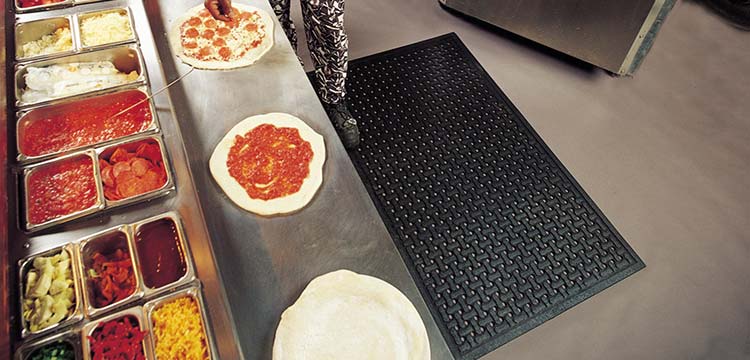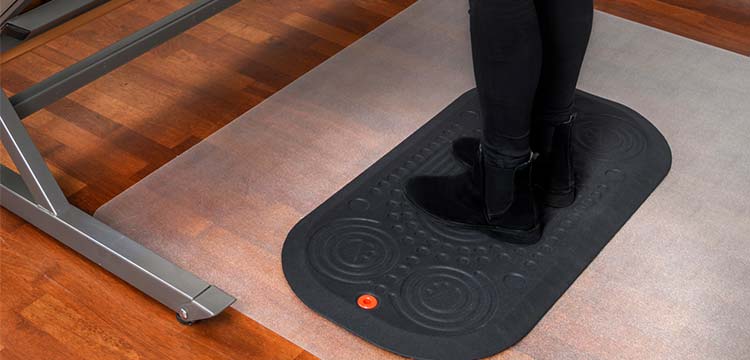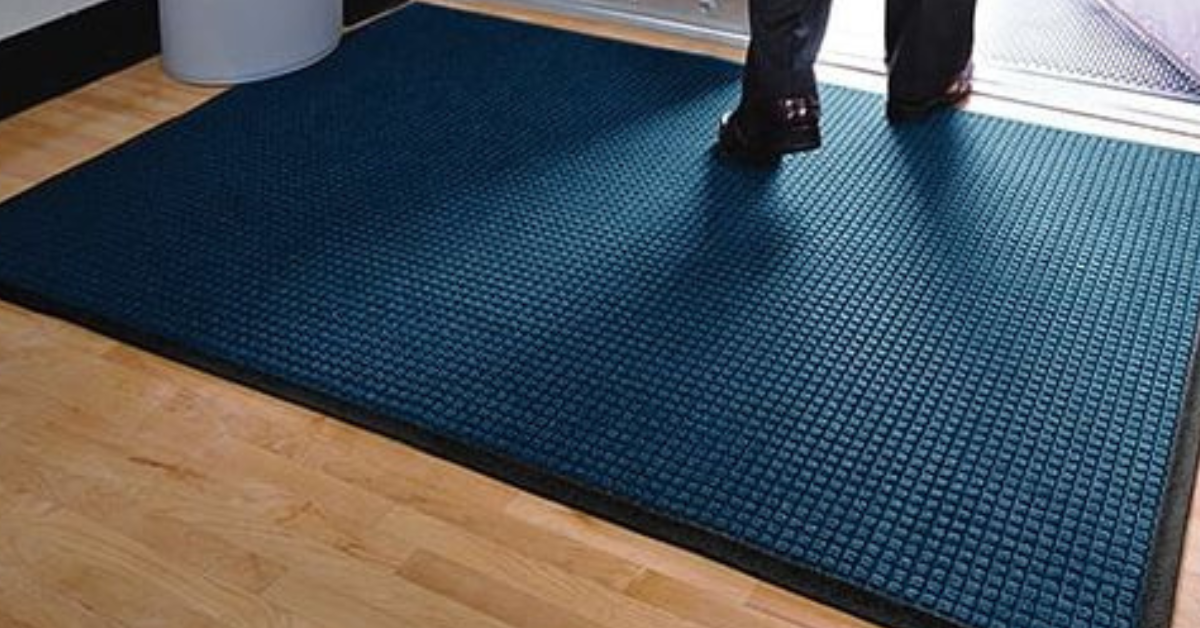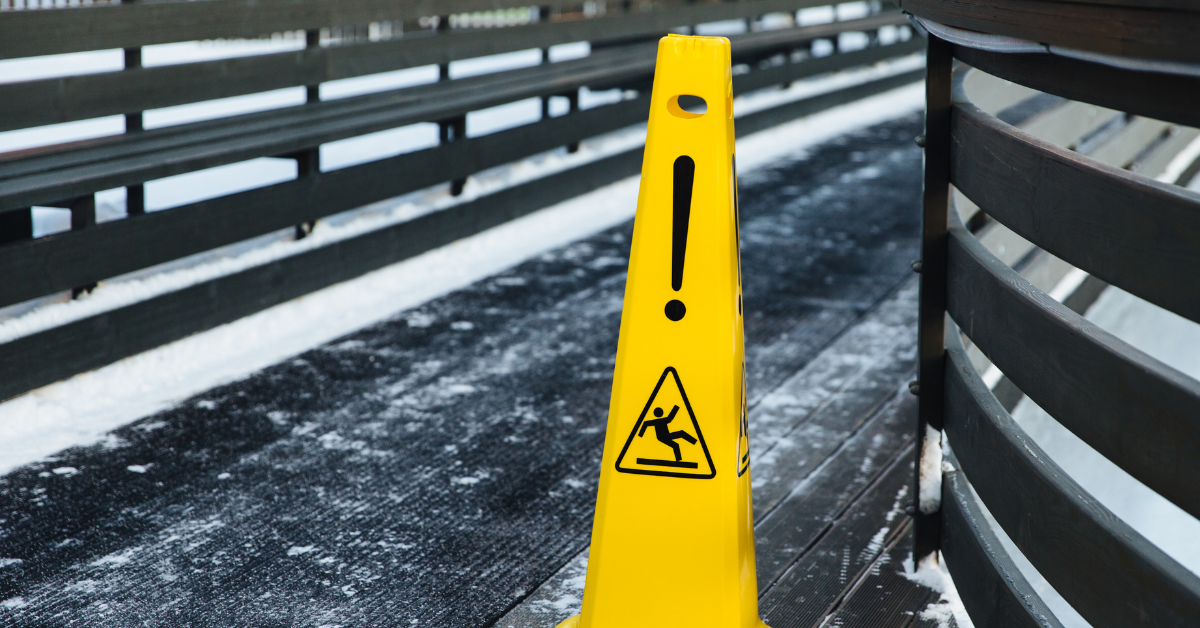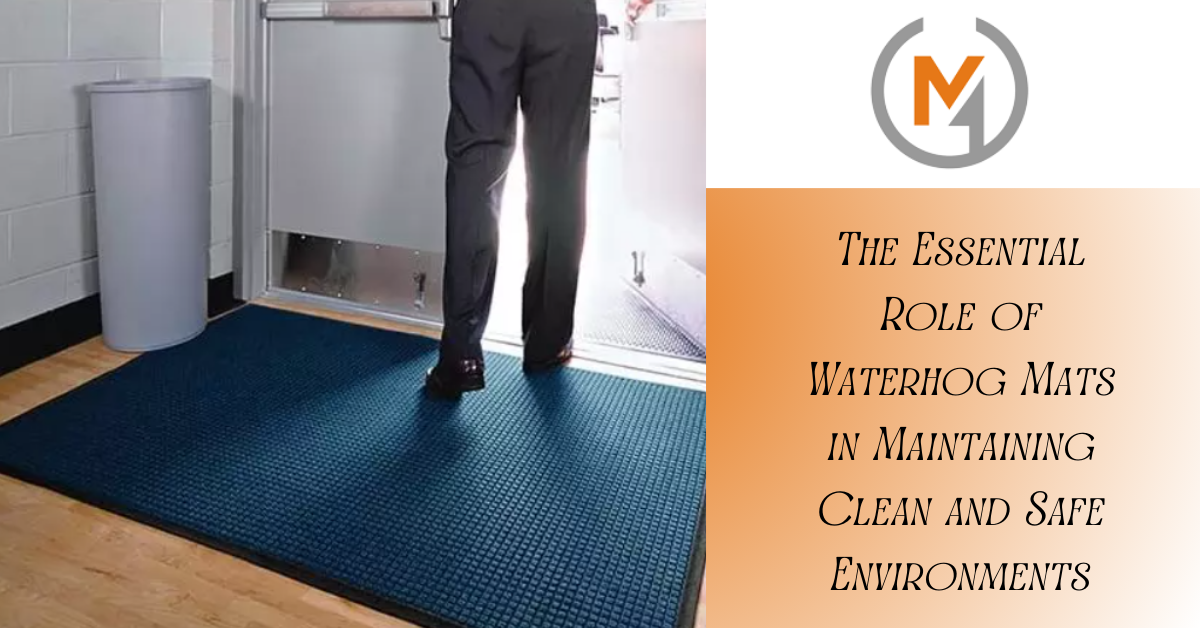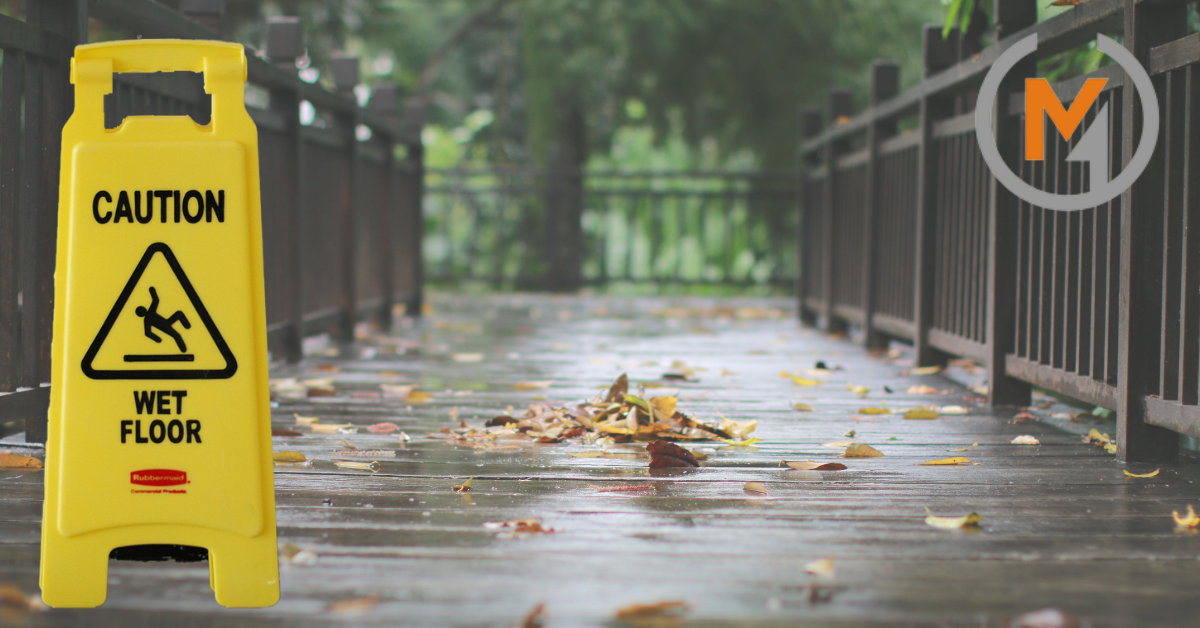6 warehouse safety tips on how to prevent forklift accidents
- Mats4U Blogger
- Blog
- 31 May 2019
- views
Forklifts are vital for logistic operations, but without careful procedures this can result to serious injuries, especially to those who operate them. In fact, British Safety Council (2017) states that roughly 1,300 UK employees are involved in forklift accidents per year. To improve warehouse safety, here are our top 6 tips on how to prevent forklift accidents.
1) Keep warehouse tidy and organised
Having a tidy warehouse goes beyond visual benefits. Neatly stacked shelves, clear aisles and making sure everything is in the correct place can stop trips, falls and forklift accidents. If objects are protruding from shelves or items obstructing aisles, this could pose a serious threat to forklift operators.
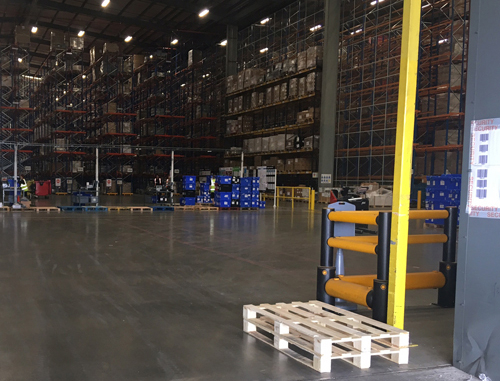
There’s no doubt that warehouses get busy from time to time, and stuff can get easily misplaced, but its important for staff to be trained on how to keep the warehouse safe and tidy at all times.
2) Safety warning signs
Signs are a good way of giving visual guidance and alerting people of the dangers in the warehouse. Using these necessary warning signs can reduce the risk of accidents.
Safety warning signs can include:
- First aid
- Fire extinguisher
- Warning: Forklift in operation
- Forklift speed limit
- Keep clear
- Lift correctly
- Caution: pedestrians
3) Waterhog Forklift Mats
You may be familiar with trails of dirt and water near your entrances and/or loading bays. Forklift trucks go in and out of facilities every day to transport goods, but this could increase the risk of accidents, especially in wet weather. Excess dirt and water are attached to the wheels of the forklift and this gets transferred into buildings. However, Waterhog Forklift Mats, guarantee a safer, cleaner warehouse. They work by removing the dirt and water from the wheels of the forklift, to prevent unwanted particles from being tracked inside facilities.
4) Designated footpaths
What also improves warehouse safety standards are designated footpaths for pedestrians. This will help people distinguish dangerous areas and allow an easy flowing traffic system to avoid accidents.
5) Hi-vis clothing
High visibility clothing allows workers to be easily spotted by those operating forklifts. They are commonly used in different industries such as construction, road works and many more. During busy hours, the risk of accidents rises, so it’s important for employees to stand out in the warehouse to avoid collisions.
6) Conduct safety checks regularly and employee training
Regular safety checks are ideal to pick out potential hazards. A checklist could help you carry out this practice. Whether you do these checks daily, weekly or monthly, its crucial to evaluate any unexpected causes that could lead to serious injuries. This will ultimately improve warehouse safety and prevent accidents from occurring.
Referring back to point 1, it’s important for all warehouse staff to be thoroughly trained. Warehouse safety standards, equipment operation, vehicle safety and safety awareness should be taught to staff verbally or written to maintain warehouse cleanliness. In addition, these practices should be revisited to those employees who have been in the position for a long time, as they are likely to forget. Refresher courses in health and safety will benefit everyone within the warehouse.
To further ensure warehouse safety, first aid training comes a long way. Employees that are first aid certified are able to instantly provide medical assistance, including those involved in a forklift accident.
Need more advice? Please call 0121 313 6748 or email [email protected].
Don’t forget to follow us on Facebook, Twitter, LinkedIn and YouTube.


